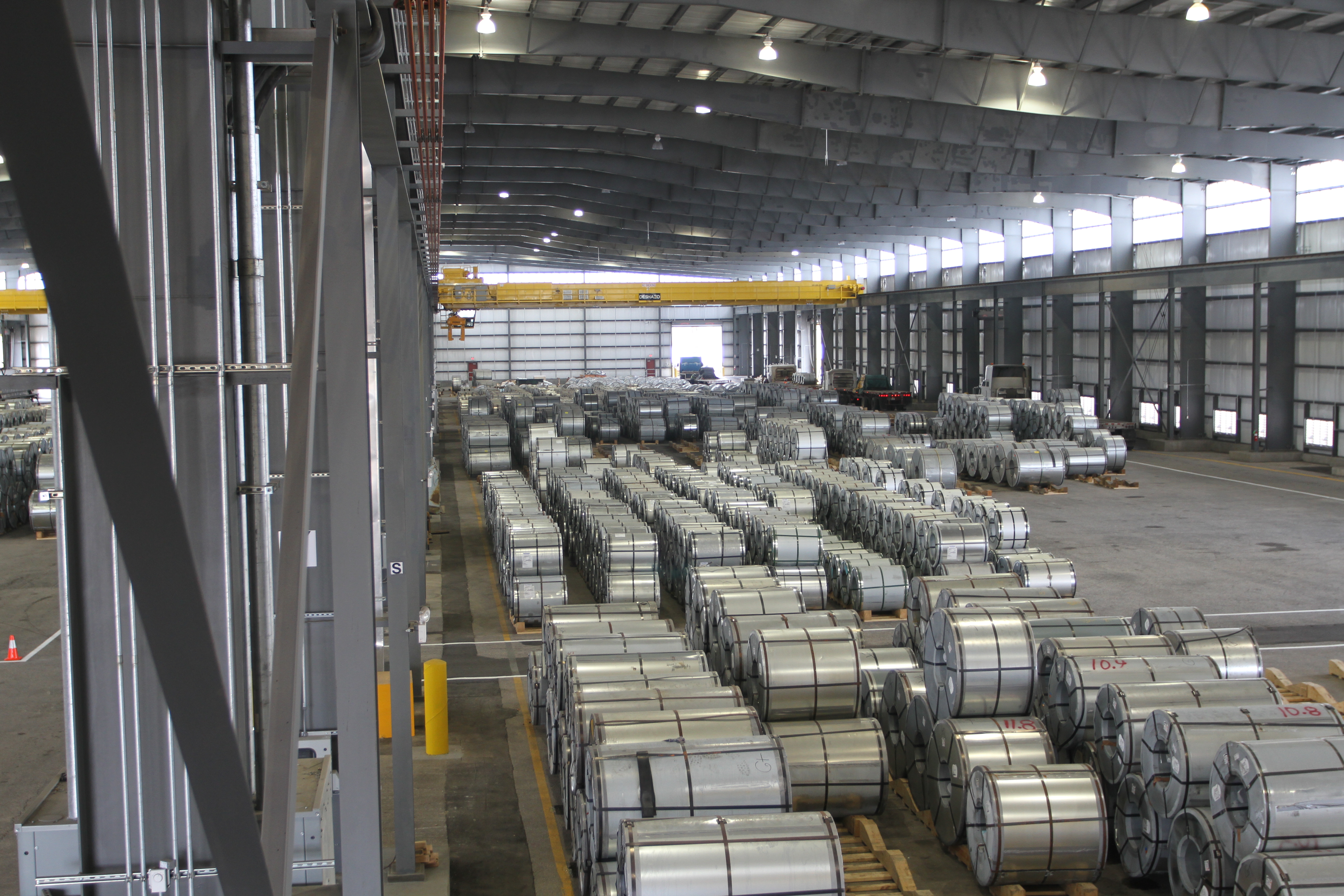
Steel exports gain momentum through February
The latest US Department of Commerce data shows 840,000 short tons (st) of steel left the country in February. This is the highest monthly export rate since August 2023.


The latest US Department of Commerce data shows 840,000 short tons (st) of steel left the country in February. This is the highest monthly export rate since August 2023.

The Dodge Momentum Index (DMI) fell again in March, marking one of the lowest index readings of the past two years according to Dodge Construction Network data released Friday.

The number of active rigs in the US eased to a nine-week low, while Canadian activity continued it’s seasonal wind down.
Steel import licenses through March have now reached a nine-month high according to the latest data from the US Commerce Department.

On Monday and Tuesday of this week, SMU polled steel buyers on an array of topics, ranging from market prices, demand, and inventories to imports and evolving market chatter.

Sheet prices moved higher this week for the second consecutive week, while plate prices ticked lower, according to our latest canvas of the steel market.

Domestic raw steel production rebounded from the seven-week low seen last week. It now stands at a three-week high, according to the latest release from the American Iron and Steel Institute (AISI) Total steel output in the US was estimated to have been 1,722,000 short tons (st) in the week ending March 30, up 1.1% from the week prior. Raw production is up 0.2% compared to the same week last year, when production totaled 1,718,000 st.

Following 16 months of contraction, US manufacturing activity expanded in March according to the latest report from the Institute for Supply Management (ISM).

The Chicago Business Barometer slipped to a 10-month low in March, according to Market News International (MNI) and the Institute for Supply Management (ISM). The March Purchasing Managers Index (PMI) reading eased 2.6 points to 41.4, marking the fourth consecutive month it has been in contracting territory.

Steel Market Update will be taking time off in observance of Good Friday and Easter.

Steel buyers report that mills are less willing to talk price on new sheet orders than they were in weeks past, according to our most recent survey data. In contrast, mills’ willingness to negotiate on plate products remains relatively high, now at the second-highest rate of the year.

SMU’s Current Steel Buyers’ Sentiment Index fell further week, now at the lowest reading recorded since October 2022

After reaching a seven-month high in January, steel imports fell back 3% in February, according to preliminary Census data released earlier this week.

The dollar premium cold-rolled coil (CRC) carries over hot-rolled coil (HRC) continues to expand according to our latest scope of the market.

Sheet prices reversed course and moved higher this week, while plate priced remained flat, according to our latest canvas of the market.

Domestic raw steel production slipped for the second consecutive week, and is now at a seven-week low, according to the most recent data from the American Iron and Steel Institute (AISI).

World steel output slipped in February according to World Steel Association’s (worldsteel) latest monthly report. With the exception of January’s surge, monthly production levels have declined ten out of the past eleven months.

North American rig count activity declined this week, according to the latest data from Baker Hughes. The number of active rigs in the US eased from last week’s 6-month high, while Canadian activity continued to wind down.

The Architecture Billings Index (ABI) indicated architecture firm billings continue to decline through February, according to the American Institute of Architects (AIA) and Deltek. While the latest reading does not indicate improving business conditions, it is one of the higher measures seen in recent months, suggesting the recent slowdown may be diminishing.

Earlier this week SMU polled steel buyers on an array of topics, ranging from market prices, demand, and inventories to imports and evolving market chatter.

Data on US industrial production, capacity utilization, new orders, and inventories remained overall steady and strong through January and February figures, indicating a healthy manufacturing sector. The strength of the manufacturing economy has a direct bearing on the health of the steel industry.

Rig counts in the US and Canada were mixed this week, according to the latest data from Baker Hughes.

In this Premium analysis we cover North American oil and natural gas prices, drilling rig activity, and crude oil stock levels.

New York state manufacturing activity slipped deeper into negative territory this month, according to the latest Empire State Manufacturing Survey from the Federal Reserve Bank of New York.

Prices of most steelmaking raw materials have moved lower over the last 30 days, according to Steel Market Update’s latest analysis.

Steel mill lead times were flat to slightly up, according to our market survey this week.

The apparent supply of steel in the US increased in January, rising to a five-month high, according to data compiled from the US Department of Commerce and the American Iron and Steel Institute (AISI).
US steel exports jumped to 770,649 short tons (st) in January, rising 25% from the 12-month low recorded one month prior.
The latest steel import license data from the US Commerce Department shows 2.39 million short tons (st) of steel entered the country in February 2024, down 6% from the month prior.

US and Canadian rig counts both eased this week, according to the latest release from Baker Hughes on Mar. 8. Recall that US rigs had reached a 5-month high last week.